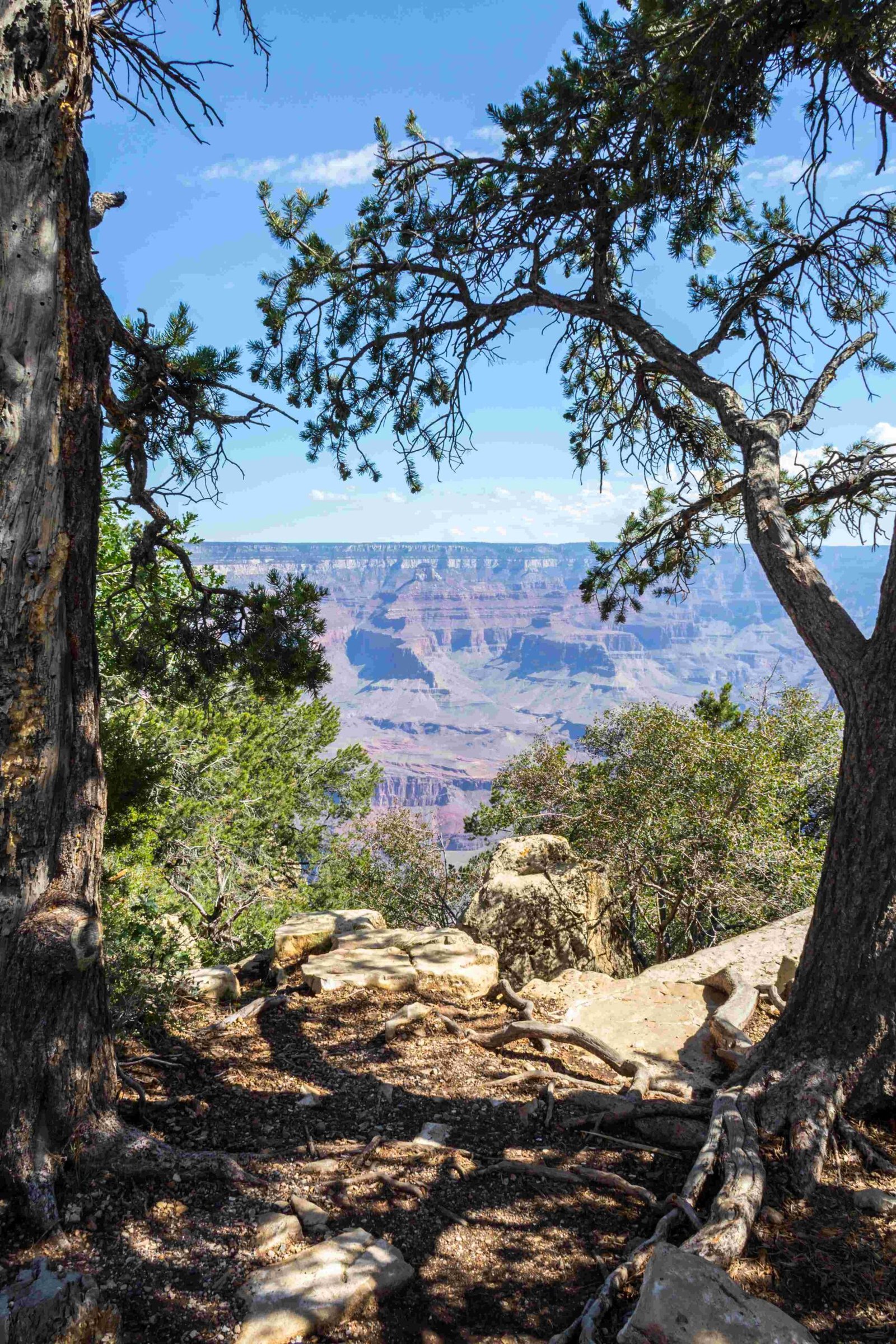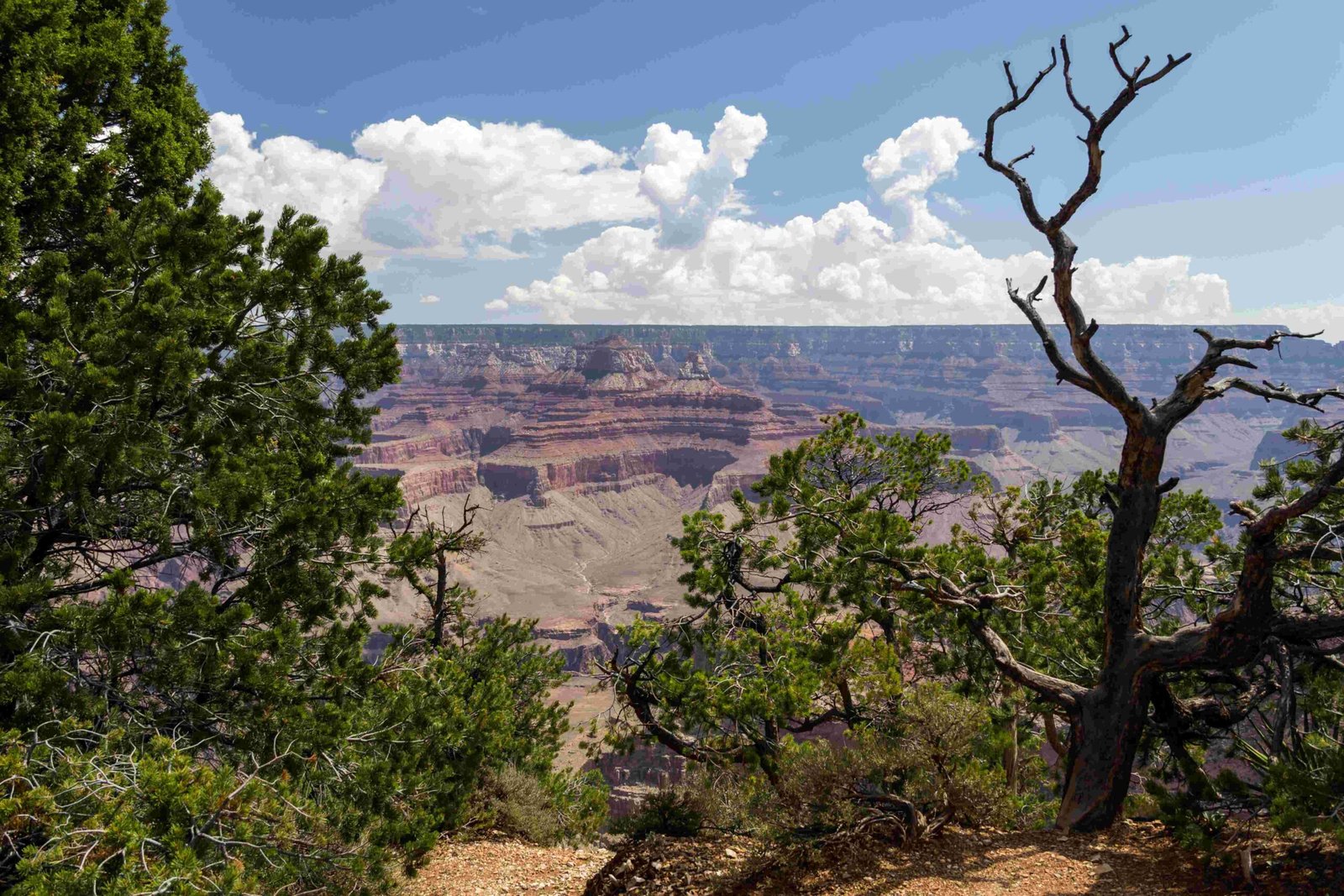The northern edge of Grand Canyon represents a less-crowded, more serene wilderness experience compared to its southern counterpart. Situated at higher elevations around 8,000 feet, this region offers unique geological landscapes, diverse ecosystems, and panoramic vistas that showcase the canyon’s dramatic formations, including Marble Canyon, Vermilion Cliffs, and expansive Colorado River views. Visitors can explore multiple viewpoints, engage in moderate to challenging hiking trails, and immerse themselves in a pristine natural environment.
What Makes the Northern Edge of Grand Canyon Unique?

The northern edge of Grand Canyon provides a dramatically different experience from the more popular South Rim. With fewer tourists, cooler temperatures, and more intimate landscape interactions, this region offers a more contemplative and adventurous exploration.
Geographical Characteristics
| Feature | Description |
|---|---|
| Elevation | 8,000-8,800 feet above sea level |
| Climate | Cooler, with more precipitation |
| Vegetation | Dense pine forests, mixed conifer ecosystems |
| Accessibility | Limited seasonal access (typically May-October) |
Why Visit the Northern Edge Viewpoints?

Point Imperial: Panoramic Landscape Vista
Point Imperial stands as the highest accessible point on the North Rim, offering extraordinary views spanning:
- Vermilion Cliffs
- Marble Canyon
- Mount Hayden
- Expansive canyon landscapes
Key Details:
– Elevation: 8,803 feet
– Distance from Visitor Center: 11 miles
– Recommended Visit Time: Early morning or late afternoon
Cape Royal: Comprehensive Canyon Perspective
Cape Royal provides perhaps the most comprehensive view of the Grand Canyon’s northern territories. Highlights include:
- Angels Window natural arch
- Colorado River visibility
- Expansive 270-degree panoramic views
- Relatively easy walking path
How to Prepare for Northern Edge Exploration?
Essential Preparation Checklist
- Seasonal Considerations
- Open typically from mid-May to mid-October
- Check weather forecasts before traveling
-
Bring layers for temperature variations
-
Recommended Gear
- Hiking boots
- Water bottles
- Sun protection
- Navigation tools
- First-aid kit
Hiking Trail Recommendations
Bright Angel Point Trail
- Length: 0.5 miles round trip
- Difficulty: Easy to moderate
- Highlights:
- Close to Grand Canyon Lodge
- Stunning canyon perspectives
- Well-maintained path
Widforss Trail
- Length: 9.5 miles round trip
- Difficulty: Moderate
- Features:
- Forest traversal
- Multiple canyon viewpoints
- Wildlife observation opportunities
Where to Stay?
Accommodation Options
- Grand Canyon Lodge
- On-site lodging
- Limited rooms
-
Advance reservations required
-
North Rim Campground
- Tent and RV sites
- Basic amenities
-
Proximity to trails
-
Backcountry Camping
- Permit required
- Remote experience
- Strict regulations
When to Visit?
The ideal visiting window is between late May and early October. Summer months offer the most accessible conditions, with moderate temperatures and fully operational facilities.
Best Times
- June-August: Peak season, warmest temperatures
- September-October: Fewer crowds, beautiful fall colors
- May: Early season, potential snow remnants
Conservation and Respect
Visitors must follow Leave No Trace principles, respect wildlife, stay on designated trails, and minimize environmental impact.
Wildlife Awareness
- Potential animal encounters: Mule deer, California condors, mountain lions
- Maintain safe distances
- Do not feed or approach wildlife
Final Recommendations
The northern edge of Grand Canyon offers a profound, less-commercialized national park experience. Prepare thoroughly, respect the environment, and embrace the unique geological wonder.
Reference:
– National Park Service
– Grand Canyon Conservancy
– Arizona Tourism Board

